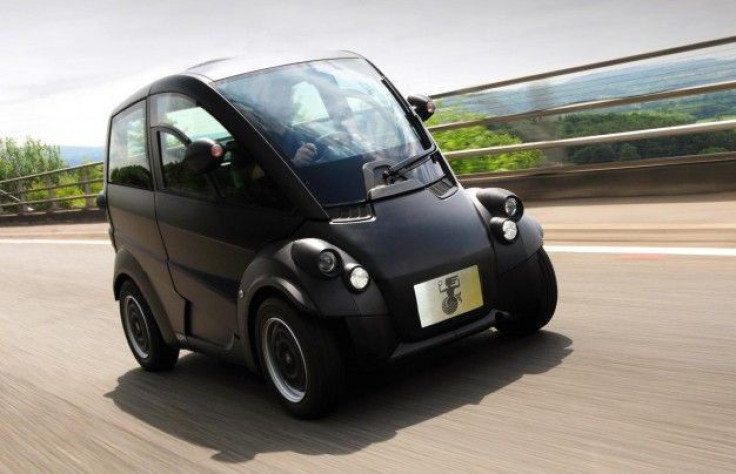Shell, Formula One Designer Gordon Murray, Engine Designer Osamu Goto Aim To Make A 97 MPG Gas-Burning Mini Car

Noted race car designer Gordon Murray is back at the drawing board to build an ultra-compact city car that squeezes nearly 100 miles from a gallon of gasoline. And -- in a back-to-the-future twist -- the car will forgo the newer but pricier hybrid and plug-in features for an intricately engineered system using a tiny internal combustion engine.
Project M, as it’s called, would reunite Murray, the famous Formula One race car designer, with engine specialist Osamu Goto, who delivered Honda a string of Grand Prix victories in the 1980s, and oil giant Royal Dutch Shell to build a concept car that could be shown to the public in November.
The trio collaborated in the late 1980s to build race cars that dominated the Grand Prix circuit in 1988. Shell engineers believe the same teamwork that produced these award-winning racers can be used to make fuel-sipping urban errand runners.
“We believe this Shell car will demonstrate how efficient a car can be when Shell works in harmony with vehicle and engine makers during design and build, supplying fuels and lubricants technical expertise,” said Selda Gunsel, Shell’s vice president of lubricants technology.
Project M appears to be picking up where Murray’s T.25 city car left off. The T.25, and its all-electric T.27 version, uses Murray’s trademarked iStream manufacturing technique involving layers of resins and carbon fibers to build a solid, very lightweight shell that exceeds government vehicle impact regulations.
The last time we heard talk of a city car from Murray was in 2013 when he said a manufacturer had bought the T.25 and T.27 for release next year. But no further details have been disclosed. Shell participated in the development of the T.25 by creating special lubricants that helped the T.25 hit 97 miles to the gallon in 2013 track tests.

Building a city car using Formula One technology would be expensive, so don’t expect what you see from Project M in November to be a car ready to lure customers away from Smart Fortwos, Renault Twizys or other ultra-minicars. There’s been a lot of talk in recent years about the future of electric cars and how battery technology could one day overtake the internal combustion engine.
But in most countries battery powered vehicles like the Nissan Leaf make up no more than 1 percent of new auto sales. Increasing fuel efficiency of internal combustion vehicles remains the primary way of reducing global warming emissions and harmful small-particle contamination caused by vehicle owners.
© Copyright IBTimes 2024. All rights reserved.












